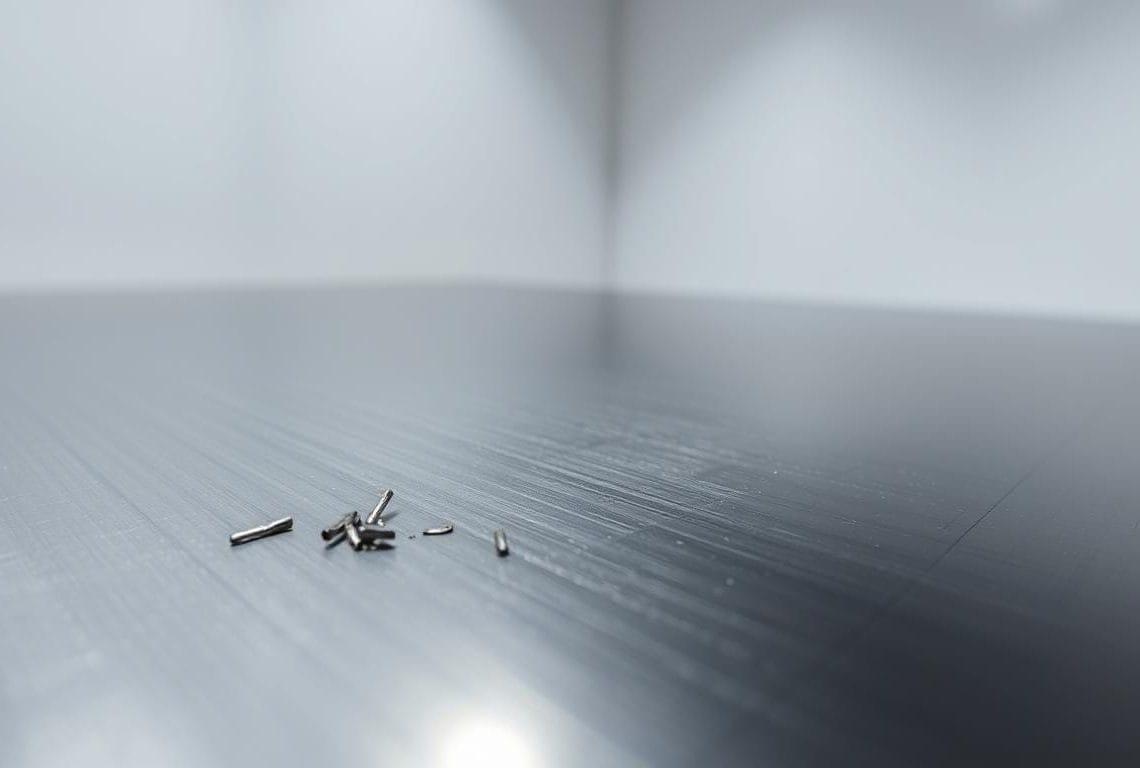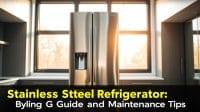Curious: why do some kitchen surfaces attract a magnet while others do not?
Short answer: some alloys pick up a magnet and some do not. That difference comes from microstructure, not finish or brand.
These materials are a family of iron-based alloys with at least 10.5% chromium. That chromium forms a thin oxide film that gives excellent corrosion resistance.
Magnetism depends on types inside the family: ferritic and martensitic grades respond strongly to a field, while austenitic grades usually do not. Cold work can change structure and create a magnetic response.
This guide explains composition, common grades, and how to match properties to practical applications — from appliances to outdoor fixtures. Readers will learn simple tests and selection tips to avoid the common pitfall of equating corrosion behavior with magnetic response.
Understanding stainless steel and magnetism in the present day
Modern corrosion-resistant alloys rely on a precise chemical balance to form a protective surface layer. In practice, that means at least 10.5% chromium and controlled carbon under 1.2%, which gives the passive oxide that heals scratches and delivers corrosion resistance.
What makes it resist corrosion
The alloy’s chemical composition creates a thin, adherent oxide film. Unlike plated coatings, this film is integral to the base material and self-repairs after damage.
How magnetism arises
Magnetism depends on two things: the amount of iron and the internal crystal structure. Ferrite and martensite align domains and show strong response, while austenite does not.
- Nickel stabilizes austenite in many 300-series grades, so those parts are usually non-magnetic.
- Cold work can convert austenite to martensite locally — that explains variable pull at drawn corners or seams.
- Knowing composition and structure helps predict real-world properties for fixtures and fabrication.
For deeper reading on field checks and practical tests, see this guide to magnetic behavior.
Is stainless steel magnetic: how to test, what affects it, and why results vary
Quick check: carry a small magnet and note whether the pull is strong, weak, or spotty. Test several spots—flat faces, formed edges, and welds—to build a clear record of behavior.

Partial pull usually means local transformation from cold work. A light or corner-only response often points to bent hems, drawn corners, or welded seams that converted austenitic structure to martensite.
How to interpret field results
- Strong, consistent attraction: likely ferritic or martensitic families (many 400-series grades such as 420 and 430).
- Weak or localized pull: common for 300-series parts after forming or welding—nickel stabilizes austenitic phases until deformation creates ferrite or martensite.
- Duplex grades (for example 2205) and precipitation-hardening types read magnetic due to mixed or altered microstructure after heat treatment.
Remember: corrosion resistance tracks with chromium and sometimes molybdenum, not magnetic response. For critical uses—MRI rooms or precise fabrication—measure permeability and confirm with material test reports rather than a single magnet check.
Keep a short log: observed pull, suspected grade, heat numbers if available, and photos of tested areas. When welding, plan ground placement to reduce arc blow when working with parts that show a pronounced pull.
For more on testing and expected behavior, see this practical guide: stainless steel is non-magnetic.
Choosing the right stainless steel for your application
Choose a grade that matches real-world demands—appearance, corrosion resistance, and whether magnets should hold accessories all matter.

Home maintenance and appliances
For kitchen sinks and appliances, 304 is the common choice. It usually lacks any magnetic pull when annealed but can gain pull after forming.
316 adds molybdenum for better corrosion resistance in coastal or poolside settings. Specify finish and grade on orders to avoid surprises.
Metalworking and fabrication
Expect some austenitic material to work harden and show local magnetism after bending. Adjust feeds, speeds, and tooling and test formed pieces before final assembly.
Plan tack positions and ground return to reduce arc blow when welding parts that read magnetic.
Grade-by-grade pointers
- 304 / 316: austenitic—good corrosion resistance and often non-magnetic in the annealed state.
- 410 / 420 / 430: martensitic or ferritic—read magnetic and suit knives, hardware, and cost-sensitive fixtures.
- Duplex: mixed microstructure—offers strength and measurable magnetic response; match to application.
Balance cost, appearance, and long-term resistance. For detailed procurement advice, consult a material selection guide.
Putting it into practice: a quick selection checklist and next steps
Start by listing exposures: salt spray, cleaning agents, humidity, and abrasion. Match those to target corrosion resistance and pick grades with enough chromium and molybdenum for the job.
Decide if a magnetic surface is useful or must be avoided. Use a small magnet to screen materials fast, then confirm with mill certs and permeability tests for critical sites like MRI rooms.
Check composition and family: ferritic and martensitic types attract magnets; austenitic grades often do not but can gain pull after forming. Label materials, record heat numbers, and balance cost versus long‑term quality.
Need a translated reference? See the Guía en español for quick help.






